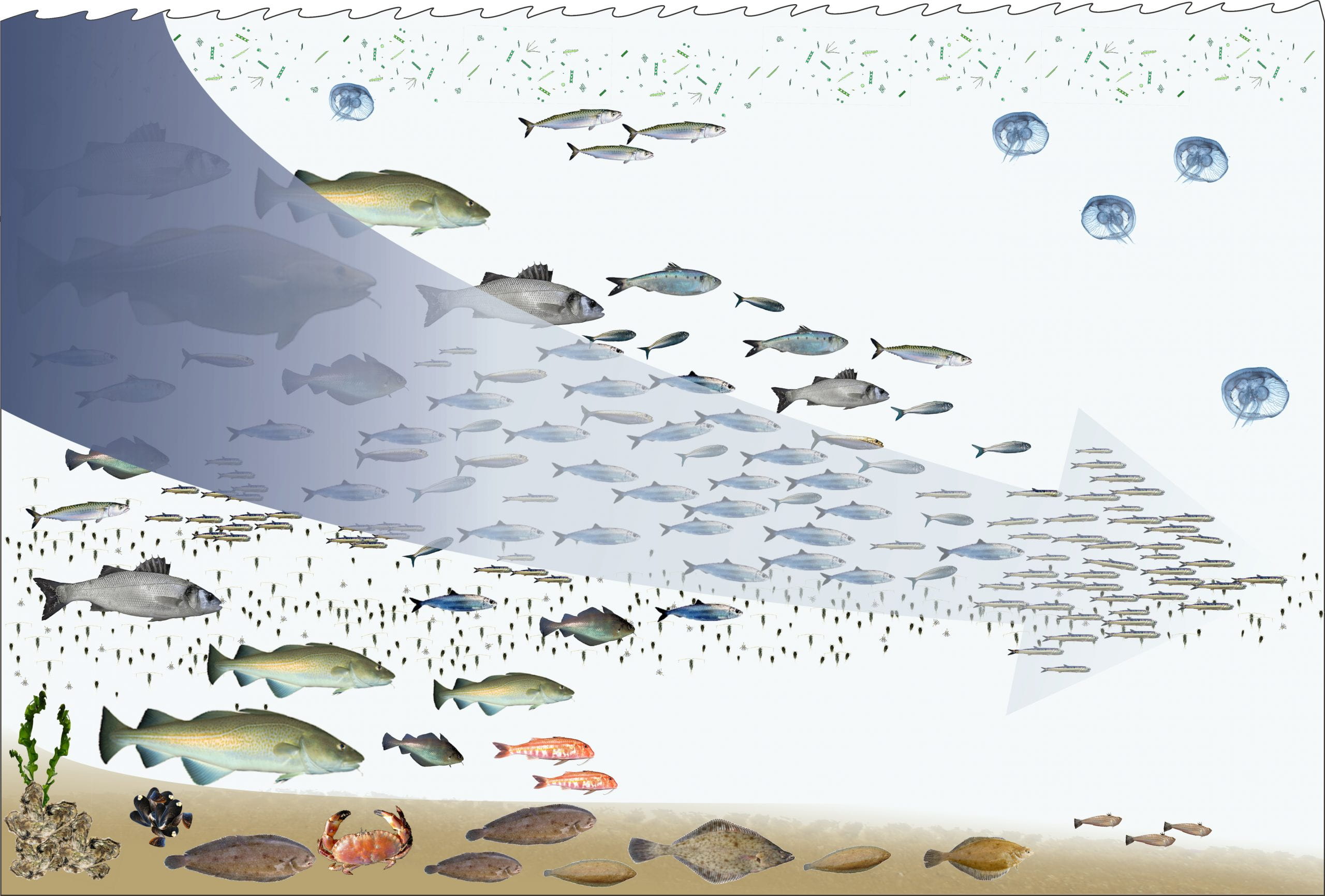By Luna Sarti
In doing research on rivers, one starts to wonder what fish live in the river waters and what role inland fishing has had throughout history in the relationship between the river and its human communities. Finding sources is not that easy, however, and one has to skim through materials such as cookbooks, oral histories, or other forms of personal memories. The few scholars who have dealt with the history of fishing stress, in fact, how fishing has had a very minor role in most official histories because, as Eric Leed puts it in his book The Mind of the Traveler: from Gilgamesh to Global Tourism, we often tend to be unable to “regard place as anything but terrestrial,” mostly assuming that “societies are boundaried, centered, contained, and enduring structures,” which is “a view of history filtered through the results of history” (19).
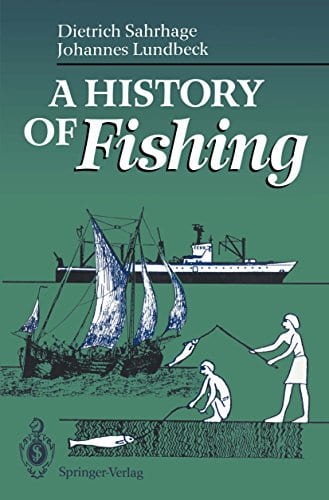
Histories of fishing are more than niche studies tapping into ‘minor’ topics for the purpose of originality. Understanding fishing throughout history is extremely important, if only to prompt one’s own imagination to picture how humans populated the earth by using composite strategies that allowed them to survive through the shifting climates of the Holocene. As Dietrich Sahrhage and Johannes Lundbeck observed in their groundbreaking A History of Fishing, “in contrast to hunting, fishing has, since its inception in prehistoric times, always retained its importance in food production” (2). More recently, inFishing: How the Sea Fed Civilization, Brian Fagan draws on evidence from archaeology, geology, and genetics to show how “a significant intensification of subsistence fishing” occurred across different parts of the world in the period of global warming that followed the Ice Age, which favored the formation of thriving tidal areas and wetlands (73). By presenting a fuller view of how human food practices shifted over time, histories of fishing not only activate new temporalities and an ecological sense in the development of human societies, but also provide very interesting perspectives on strategies of human adaptation in the face of changing environments and rising waters.
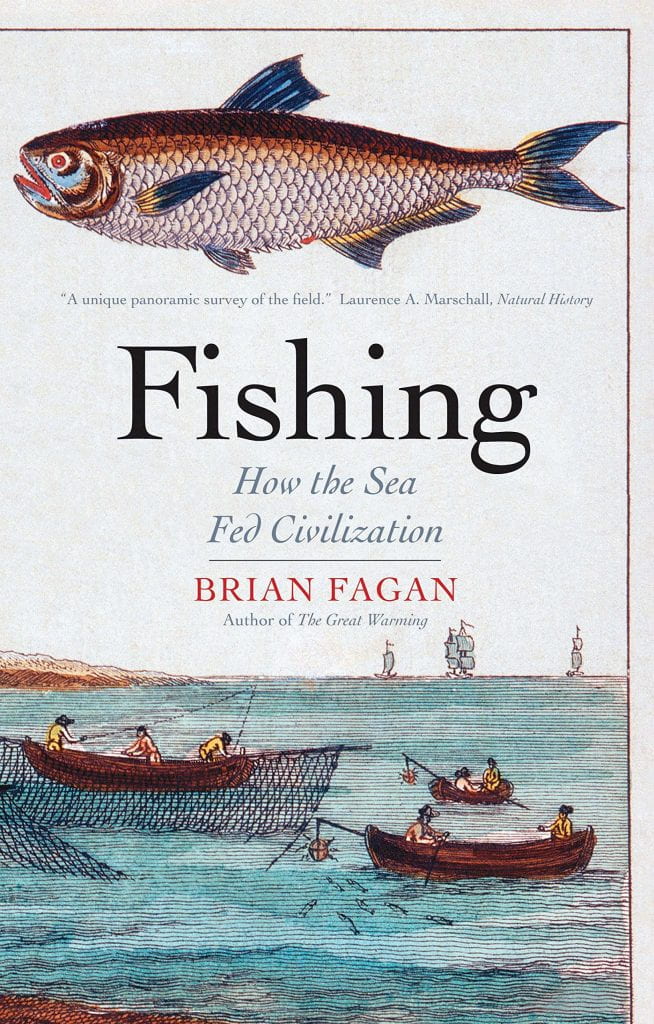
While most historical research is often conceptually associated with the agricultural revolution and the development of state-organized civilizations and cities, thinking about fishing requires a temporality that undoes any distinction between history and prehistory. As a practice, fishing has in fact not only characterized both Homo sapiens and extinct species of the genus Homo, but has also variously co-existed with societies on the move that practiced foraging and hunting and trading, and with sedentary communities, which increasingly relied on agricultural and animal farming as much as on manufacturing and commerce. More noticeably, as historian Brian Fagan remarks in Fishing: How the Sea Fed Civilization, “the technology used both for subsistence fishing and for catching tens of thousands of anadromous fish, including Pacific salmon and the giant sturgeon of the Danube, has changed little in ten millennia” (11). Artifacts from ‘prehistoric times’ are still recognizable as fishing tools to individuals who are the least socialized in such practices, while others can be deciphered by looking at the tools that were used in fishing communities such as those of the Beringians in Siberia and Alaska, and the Gidjingali in Australia.
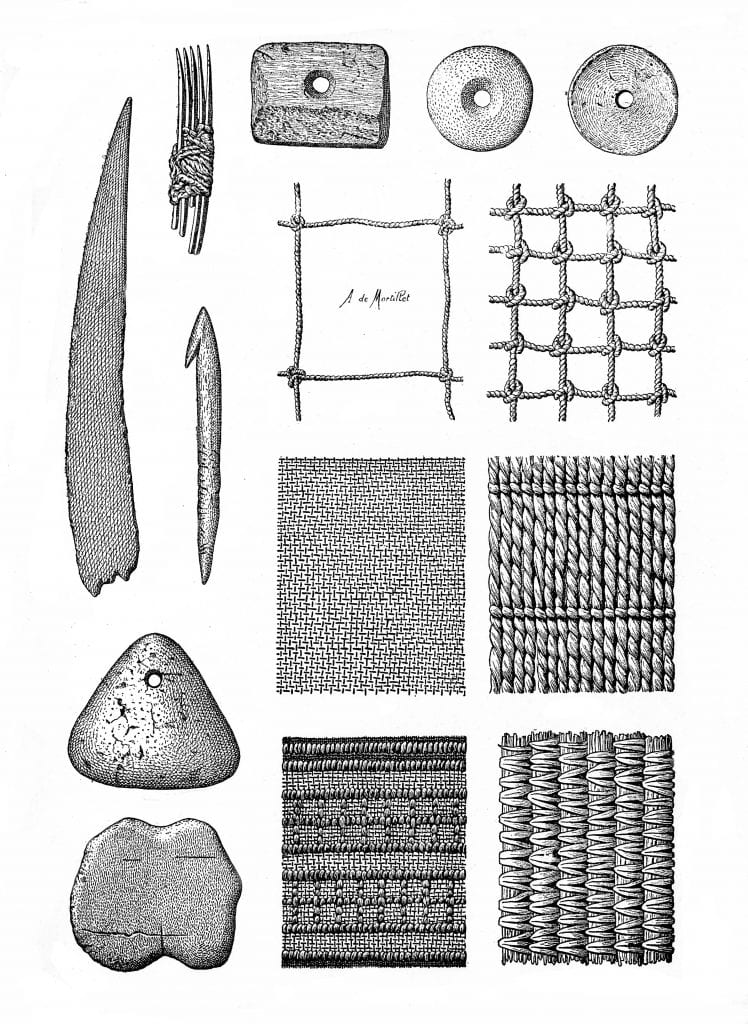
It is a fascinating way of thinking that adds significant tools to our kit for the imagination of human pasts and futures. Such a versatile mind is not only highly desirable but also hopefully highly productive in the formation of new generations.
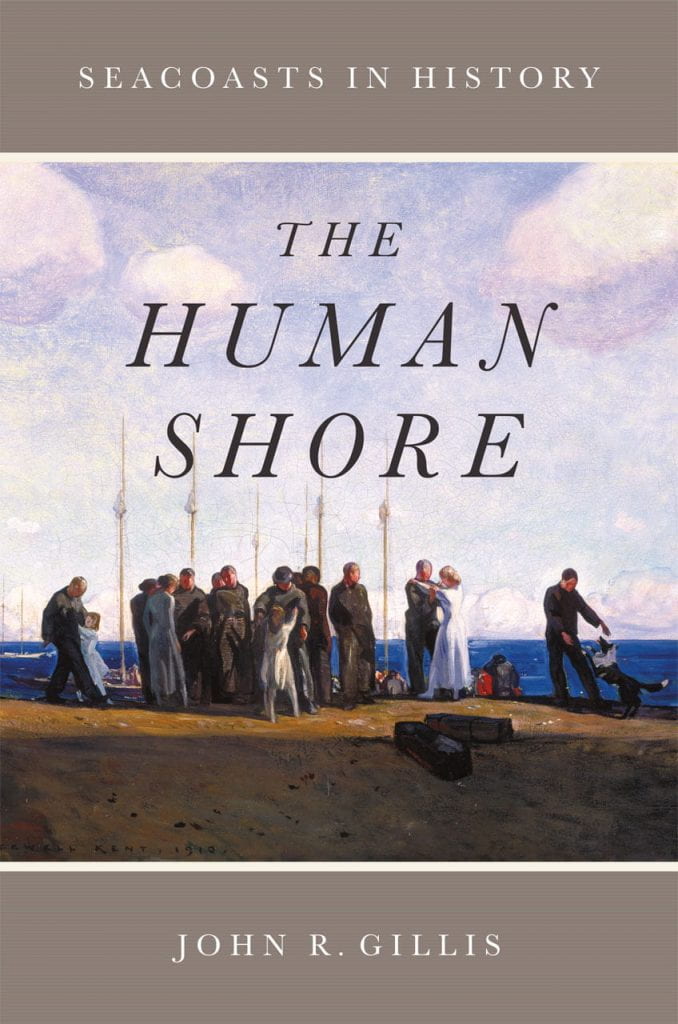
Histories of fishing don’t simply activate longer temporalities. By looking at contemporary societies which are still relying on fishing technologies to develop literacy in artifacts from archaeological sites across the globe, in fact, historians of fishing complicate the distinction between the past and the present which is a fundamental asset of linear time. Thus, the continuity of fishing practices across societies beyond the time frame of modernity unsettles the European-born paradigm of progress. As John Gillis writes in The Human Shore: Seacoasts in History, digging into fishing throughout time and space reveals how by being “trained to think of agriculture as the highest stage of civilization before the advent of the urban-industrial age,” we still tend to place foraging-hunting practices in the category of “the primitive” or, in the best case, in that of “a last resort for the lower classes of society” (14).
Since both the technology and the practices involved in community fishing have been strikingly stable across time and space, histories of fishing draw on anthropological research from the past two centuries to glimpse into a past that would be otherwise inaccessible. In doing so, this “alternative account of global history” -to use Gillis’ wording in The Human Shore– gestures towards the possibility of looking at foraging-hunting not simply as the myth of certain environmentally friendly utopia but as a way of living that is more likely to sustain human existence through the capacity to read the landscape and adapt to its changing features (4). Brian Fagan reports, for example, how a DNA research on the Chumash civilization shows that they had probably settled in the Santa Barbara Channel region thousands of years in the past and suggests that, when the Spaniards arrived in 1542, they found not a ‘primitive society’ but “a highly adaptable and flexible culture that had survived, and usually thrived, in a harsh, drought-prone landscape” (88). Similar stories emerge from other fishing societies that didn’t apply farming or industrial models to fishing, such as the Gidjingali in Australia and the Beringians in Alaska, who were mentioned above.
In spite of centuries of urban dwellers’ bias, practices such as fishing, hunting, and foraging, allow for more flexibility on the side of humans. It’s a way of living that not only requires an intimate knowledge of micro-environments, but also involves a considerable capacity to engage with complex environmental factors. Although reproducing that model is impossible, we can still study and recover some aspects of those practices and of that knowledge.
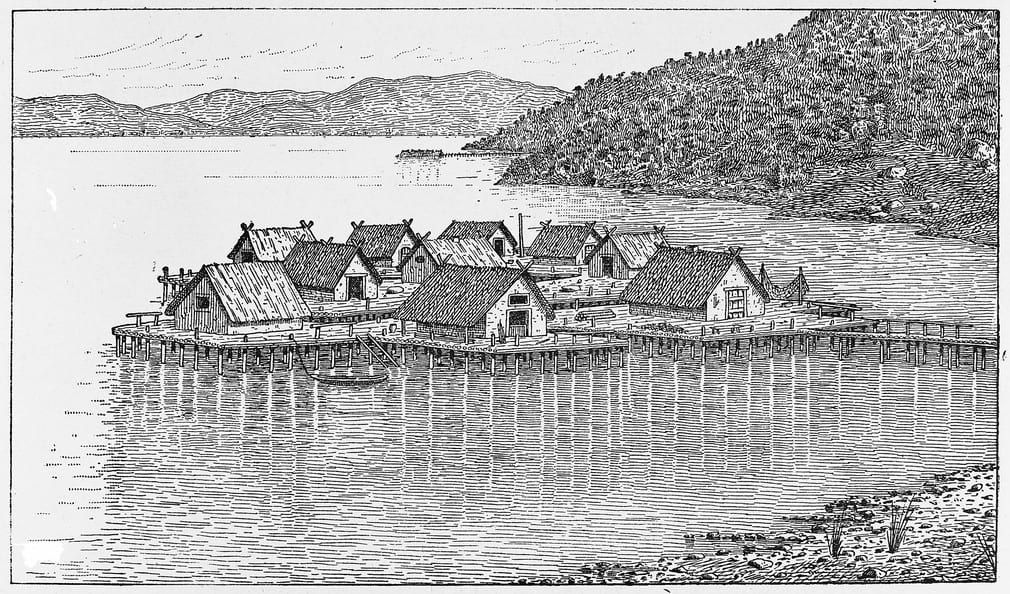
By focusing on fishing, historians make two narratives–that of history and that of prehistory–which collide. In such a process a new narrative surfaces, one in which some communities that disappeared from history, losing against modern conceptions of progress, might in fact have successfully lived for long spans of time by more successfully adapting their living practices to the shifting behaviors of their local flora, fauna, and waters. By engaging with this uncomfortable narrative, readers are forced to consider whether contemporary strategies of production and urban life might be the unsustainable consequences of failing strategies of adaptation. As a person interested in repairing the damages of extractionist economies, industrial farming, concrete cities, and low efficiency housing, I ponder the question of adaptability that stems from histories of fishing. The thought of people who were living with unstable waters seems fascinating and encouraging.
Perhaps many will argue against such a positive vision of fishing communities and identify elements of romanticism in the narrative, which carries at times the trace of an idealized perception of otherness. However, the question seems worthy of debate.
Featured Image: Hans Hillewaert. Fishing down the food web, a North Sea perspective. Inspired by the work of Daniel Pauly. Licensed under the Creative Commons Attribution-Share Alike 4.0 International license.
